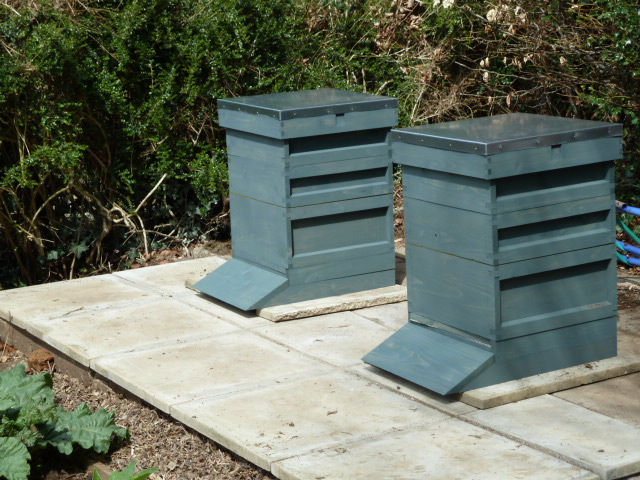 |
| Mediterranean plants might not be the answer to the recent British weather |
It may not seem like it at the moment as you shiver and watch the rain through your window or get drenched when you go outside, but now is a good time to prepare your garden for the possibility of hotter, drier times this Summer, while not ruling out more wet weather. The key to success in (nearly) all weathers is soil preparation. Good soil preparation is fundamental for healthy plants.
If we use Mediterranean plants we need to ensure that good drainage materials such as horticultural grit and pea shingle, as well as plenty of moisture retaining compost is incorporated into the surrounding soil or at least a generous sized planting hole. Some Mediterranean plants require lime to be added to neutral and acid soils and few, if any, need high levels of nutrients. Calcified seaweed can be a good dressing for these plants.
Gypsum is useful to lighten heavy clay soils and carrots and garlic may benefit from some sand being mixed into the soil before planting. On the other hand, root vegetables won't thank you for adding nitrogen rich substances such as manure. A good book about growing vegetables or flowers should tell you what sort of soil any plant needs to thrive, so you can attempt to provide the ideal conditions or decide that plant isn't going to work in your garden.
Most plants benefit from a good layer of mulch from the end of April, or sooner if a dry spell is forecast. Applying mulch just before heavy rain is forecast can result in it being washed away. I've started using Strulch, which seems like a pretty good mulch, but a layer of well-rotted home-made compost or leaf mould will be a cheaper option if you have sufficient. Some plants may do better with a layer of grit as a mulch. Bark chippings may not be suitable for delicate plants as they can harbour a variety of fungi.
Even having done all that, some of your plants will probably need watering at some point if there is any prolonged dry weather especially thirsty vegetables such as beans and peas and members of the cabbage family, as well as any new plants, which have not had time to develop a good root structure. Too many bedding plants can be very demanding during hot, dry weather.
A water butt, or several in larger gardens, can therefore be an excellent investment. If positioned strategically they can mean you won't have to carry your watering cans so far, which will make watering much less demanding. Using rainwater is better for your plants, too, and it isn't really such a good idea to pour water that has been made fit to drink at some expense straight onto our garden soil.
I've just ordered a couple of water butts, one for the front and one for the back garden and we shall see how we get on with them as they will have to be free standing to begin with. I also hope they come before it stops raining, while not wanting the rain to go on forever.
Plants in pots and tubs will pose additional problems as they need watering more often than plants in the soil, but there are substances available to greatly improve water retention, which even organic gardeners can use.



































